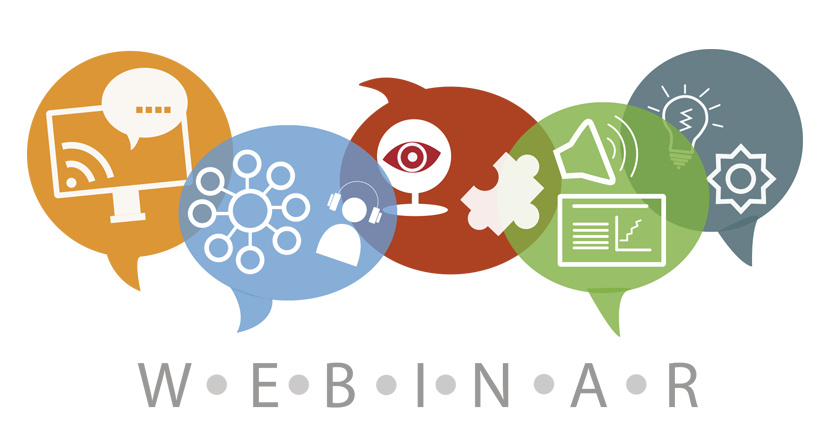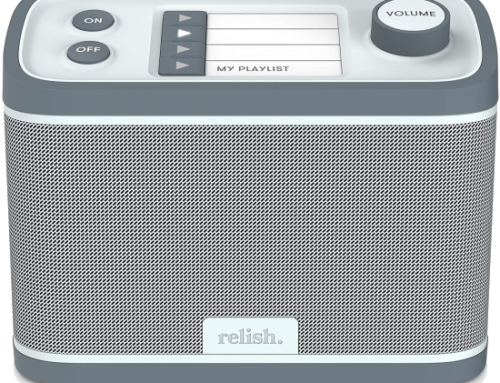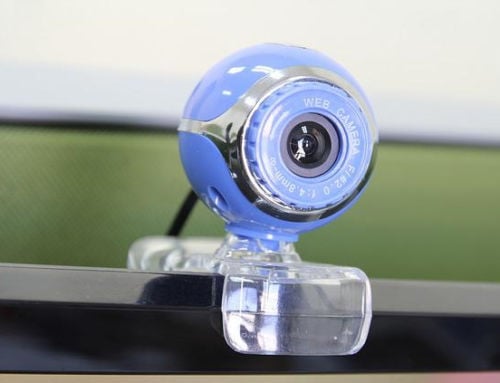Should I UVC My AT?
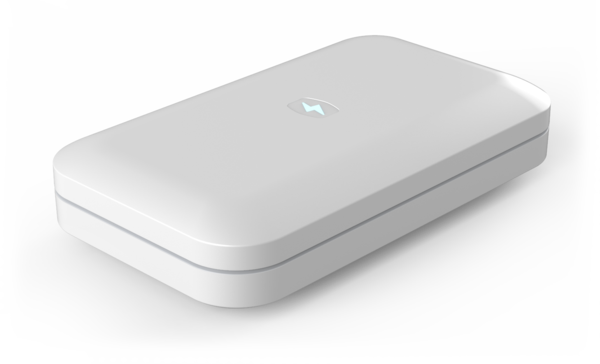
A quick look at this method, and emerging consumer product trend, for sterilizing devices.
The use of germicidal lamps has been receiving considerable attention over the last several months as a precaution against the spread of Covid-19. This method of sterilization, powered by shortwave ultraviolet (UV) light, has been used in hospitals and industry for years. Now because of the pandemic, even the NY Metropolitan Transit Authority is using UV light to help disinfect subway cars and buses.
It makes sense, therefore, that an increasing variety of UV light products are now cropping up on the consumer marketplace. We want to stay safe and, in addition to hand washing and wearing masks, disinfecting frequently touched surfaces is a primary method of prevention.
Recently, AT3 News and Tips noticed an email flurry among the State Assistive Technology (AT) Programs discussing UV light devices for use with assistive technology. Many State and Territory AT Programs are using or considering the use of UV light products as one additional measure in their cleaning and sterilizing procedures for AT in their device loan inventories.
Your intrepid editor decided to dig into this topic to learn if this is a safe effective approach for disinfecting AT and if it makes sense for individual consumers, too. After all, liquid disinfectants are not recommended for use with mobile electronics and dry microfiber cloths do not inspire much confidence. Dropping keys and a cell phone in a device that plugs into the wall and glows violet through a little window seems appropriately futuristic. Perhaps this works like irradiating meat? Zap and I’m all good?
Not so fast. Here’s what I learned:
UV Light Effectiveness
Germicidal lamp devices create UVC light, a shortwave high-energy ultraviolet light (less than 280 nano meters) that has been proven effective against the coronavirus that causes SARS. UVC penetrates and breaks RNA and DNA chains, making it impossible for a virus to reproduce.
To work, however, contaminates need direct exposure to UVC light. So, logically, smooth surfaces provided with enough exposure to UVC are disinfected. But objects with nooks and crannies that are inaccessible to light are not solved by a UVC device.
A study examining the use of UVC to disinfect PPE (personal protective equipment) reports that the coronavirus responsible for SARS required unusually high levels of exposure to UVC to be effective and results varied widely based on the type and shape of the material to be sanitized. There are no studies on the use of UVC to kill the coronavirus that causes Covid-19.
UV Light Risks
The ultraviolet light that causes suntans and sunburns is UVA (320-400 nm) or UVB (280 to 320 nm). UVC (200-280 nm) is filtered by the earth’s ozone layer and otherwise burns skin in seconds. It also causes cancer and damages the corneas of the eye. Therefore, cautions must be heeded when using UVC devices.
One popular category of germicidal devices are UVC wands, which are held over objects to disinfect surfaces. If you go this route, consider a UVC wand that shuts off if turned upside down.
Coming Soon: Safe “Far UVC”?
While there are no readily available UVC products that are safe for direct human exposure, an entirely new class of safe devices may hit the marketplace. This is because very shortwave UVC (222 nm and below) has been shown to not penetrate or damage human skin. This “far UVC” is being studied for use in public spaces to sterilize not only surfaces, but also airborne viruses such as Covid-19. Perhaps in the future we’ll be walking into spaces with far UVC germicidal lamps at work. At present, only unoccupied spaces can be disinfected with UVC light.
Emerging Tech: The UVC-of-Things?
In addition to germicidal lamps, now emerging on the marketplace is the UVC-of-Things. Just as the Internet of Things (IoT) saw the emergence of web-connected gadgets (your smart speaker), now we are seeing gadgets with built-in disinfectant capacity thanks to UV technology. The UVoT has arrived!
For example, water bottles with UVC light caps that disinfect the water and the container.
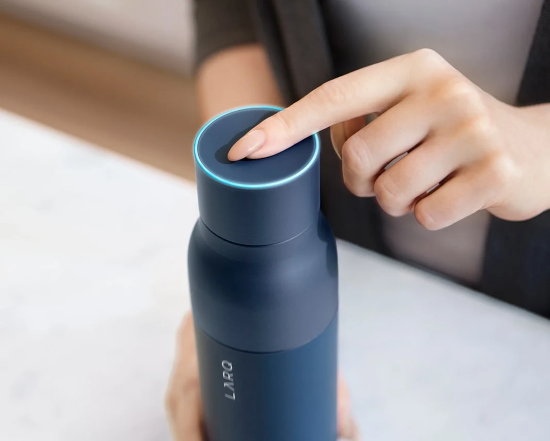
And smartphone boxes that both charge and disinfect.
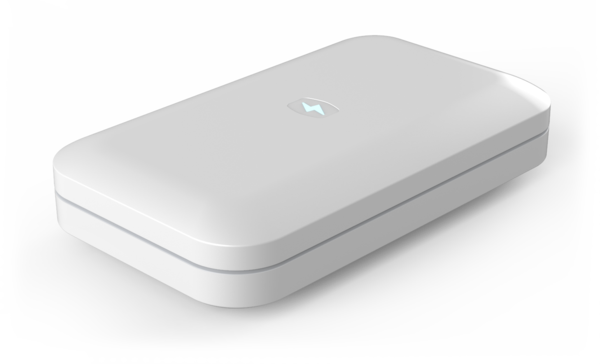
And then there’s the promise of the LEAF Mask.
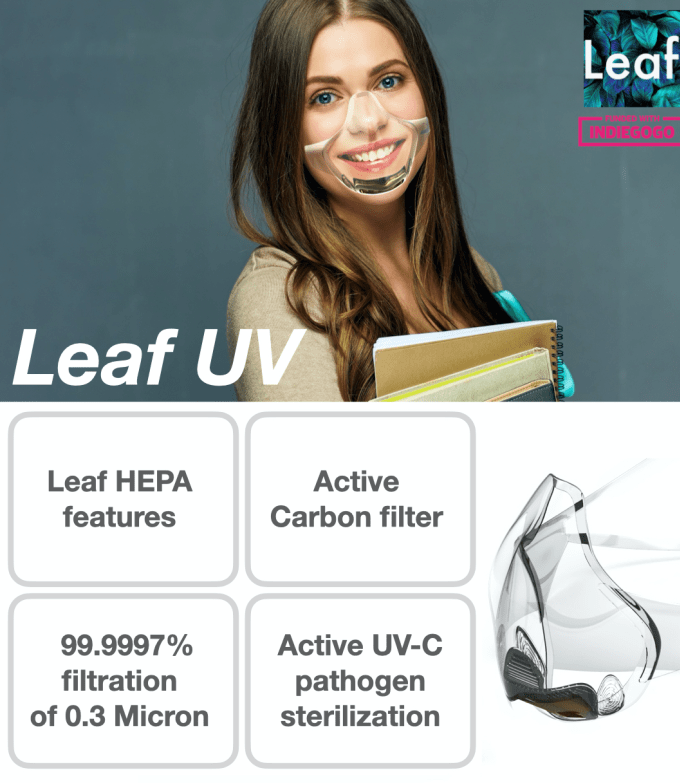
Devoted readers of this blog may recall that I am waiting to receive my IndieGoGo order for an entirely transparent silicon face mask with a built-in HEPA filter. Another and more expensive version of this mask (above) comes with built-in UVC for disinfection. The mask purports to flash its UVC light when removed from the wearer and set down for ten seconds (thanks to a rechargeable battery). With the emergence of safe far UVC technology, perhaps we’ll soon see more wearables that disinfect themselves on the go, too.
In Conclusion
Germicidal lamp devices may be useful for some applications, but are not a panacea for disinfection. Considering the aggressive UVC application necessary to kill the coronavirus responsible for SARS, I don’t yet feel confident that any consumer UVC product marketed to individuals is effectively doing the job.
UVC does kill viruses, however, and the use of a UVC device for disinfection in addition to another sterilization strategy cannot do any harm. Out of an abundance of caution, the application of UVC light may be an added step for preventing the spread of Covid-19.
Coming up: a look at three UVC devices for use with AT.
Learn More:
Can You Kill Coronavirus with UV Light?
Coronavirus Puts UV in the Disinfectant Spotlight
How to Sanitize Your Phone and Other Tech According to Doctors
Monthly Blog Digest
Search the blog
State AT Program Blogs
California
Florida
Indiana
Kentucky
Louisiana
Maryland
Massachusetts
Michigan
Montana
North Carolina
North Dakota
Utah
State AT Program Blogs
The AT3 Center, the Association of AT Act Programs (ATAP), and the Administration on Community Living (ACL) make no endorsement, representation, or warranty expressed or implied for any product, device, or information set forth in this blog. The AT3 Center, ATAP, and ACL have not examined, reviewed, or tested any product or device hereto referred.

